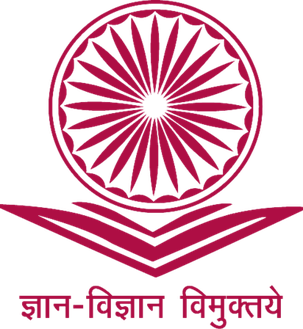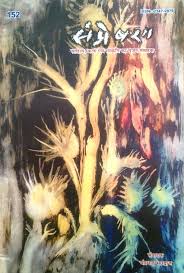THE INSTRUMENTALITY OF ‘MOKSA’ WITH PARTICULAR REFERENCE TO TRUTH, BEAUTY, AND GOODNESS
DOI:
https://doi.org/10.8476/sampreshan.v15i4.271Keywords:
Moksha, transcendental, purusãrthas, Truth, YogaAbstract
This paper focuses on Hindu philosophy: moksa—the union with the Absolute Self (Brahman) and release from the cycle of birth and reincarnation—is the ultimate aim of human existence. The transcendental of goodness, truth, and beauty—tenets that provide direction for those seeking a meaningful life—are closely associated with this idea. Comprehending the correlation between moksa and these principles might yield significant understandings regarding the essence of life and the human journey. Truth, or actual knowledge, is knowledge of reality as it is. Realizing empirical objectives as well as transcendental truths requires dharma. There are four identified purusërthas. In India, from very early times. Patanjali has also highlighted Yoga and enlisted five Yamas and Ninamas as a way of moksa.



